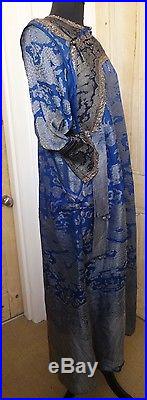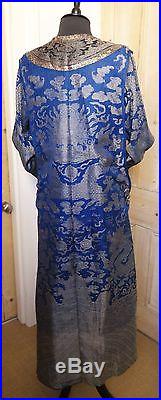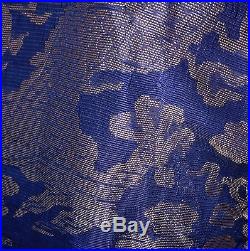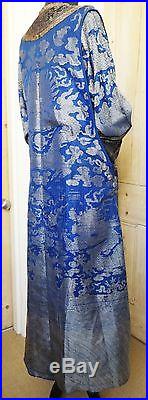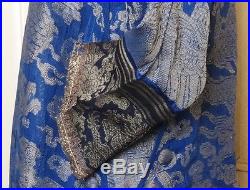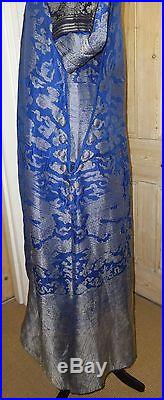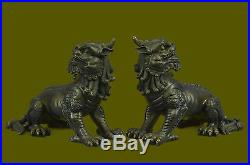

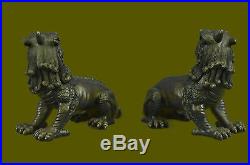
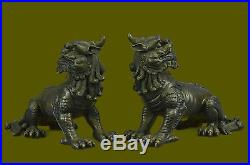

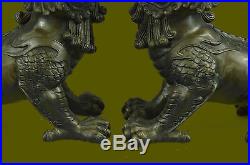

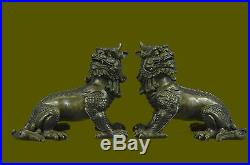


Folk Classic Bronze carved Feng Shui Guardian Fu Foo Dog Lion Pair Medium statue. Condition : Both sculpture are in perfect condition. Each Bronze Dimensions Base:Height 6″ x Width 9″ Total Weight : 10 LBS. It’s a myth that the ancient Chinese had never seen an actual lion when they created their Imperial guardian lion sculptures (often called “foo dogs” or “foo lions” in the West). Asiatic lions were introduced to the Chinese during the Han Dynasty 206 B. Through Silk Road trade with Central and Southwest Asia, sometimes even as live pets for the emperor. These noble and majestic cats were, in fact, the inspiration for these guardian sculptures. Bronze Sculpture Casting Tour. The process of bringing a bronze sculpture to life using the lost-wax method is something you’ll appreciate after taking this tour- Enjoy. The Lost Wax Casting Process. Here Artist original clay sculpture is nearly ready for the foundry. Note the artist is still adding the finishing touches. Most sculptors prefer to work with clay or wax; some however, do use wood and other mediums. Here the finished original clay is now complete. The first step can be shocking for some as they begin to decide how this original will be cut up. In order to prepare the original clay sculpture for molding, it will be dissected by cutting the clay with wire and by cutting the armature with a saw. The armature is what helped support the clay in place while the artist was creating it. Note the registration marks which later in the process will serve to realign the parts. Shown here are the sections of the original clay sculpture after having been dissected. Now the various parts of the original are carefully mounted on clay plugs before the rubber mold material is applied. The clay plug later serves as a pour spout for the mold. As you can see now they begin painting the latex rubber onto the original together with the clay plus that’s been added in layers. Notice the shim line that will alter serve as a separation line for dividing the mold in half. A lock and tab system has been applied (see the edge) so that the mold will be able to be opened and closed securely. Once the rubber mold has been completed, a plaster or fiberglass “mother” mold is applied to the outside which will preserve the integrity of the rubber mold. The “mother” mold is now complete, the next step is to separate the two halves of the mold and remove the original from inside. The next step is to remove the artists’ original and reassemble the clean, empty mold. Now a way pattern will be poured by building several layers of the hot wax within the rubber mold. A layer is poured, allowed to dry until there is about a 1/4 inch thick wax pattern made of the artists’ original. It is very important to note that the wax pattern is a hollow duplicate of the artists’ original. Now the wax pattern is taken to the wax “chasing” room of the foundry. Here much time is dedicated to the restoration of the wax pattern to the exact likeness of the artist original. All bubbles and imperfections are “chased” away in this process. Eventually there will need to be a way for the hot, molten bronze to funnel its way into a ceramic type mold, shown here the wax pattern is sprued and mounted on a wax cup. The red spures serve as gates and vents later in the process. Notice the wax trees are then taken to what is known as the slurry room where the time consuming process of building the ceramic shell will begin. First the wax tree is dipped into a slurry tub and coated. The slurry itself is basically made up of colloidal silica. While it is still wet, the tree is coated with the first layer of sand which is made up of fused silica. This process takes about 8 days to complete. Each day it is dipped in slurry and once again coated with the silica sand. The silica sand used goes from very coarse to very fine beginning to end. Eventually the shell will be approximately 1/2 inch thick. The complete, dry shell (remember it still contains the wax pattern inside) is placed in the burnout kiln where the shell is cured and the wax pattern is melted out, hence the term “lost wax”. Each time another number in the edition is cast a new wax pattern must be made from the mother mold which is again lost in the process. Now the shell is ready to receive the molten bronze. It is poured at a temperature of about 2,000 F. After the bronze is cooled, the shell cracks on its own accord and is manually removed from the bronze. This could also be called the “lost shell” method if casting. The sculpture is now “metal on the floor”. Any gates and vents are removed from each section of the sculpture and the pieces are then welded back together. One can realize the tremendous time and labor involved just up to this point. Once the pieces of the sculpture have been reunited, or welded back together, the weld lines are then tooled out and any imperfections in the metal are corrected. This takes place in the metal room where the critical talent of the artisan’s transforms the parts into a hollow bronze duplicate of the original clay model. The completed metal sculpture is then heated with a torch in order to make it ready to receive patina. The patina process is the result of chemical and heat applied in layers. This is an art in itself and requires years of training to master. No two patinas can turn out exactly alike. It can take anywhere from 8 to 16 weeks for one casting depending how busy a foundry is. In conclusion, remember that as an example if there are going to be 100 bronze casting in the edition, this whole process is done over and over for each number in the edition. They are truly original castings. The only step that can be “re-used” in casting another number in the edition is the “mother mold” in the very beginning. Once all numbers have been cast (the amount of numbers is decided by the artist before casting begins), the mother mold is destroyed. The item “Folk Classic Bronze carved Feng Shui Guardian Fu Foo Dog Lion Pair Medium statue” is in sale since Monday, April 13, 2015. This item is in the category “Antiques\Asian Antiques\China\Statues\Dragons”. The seller is “european_finery” and is located in Great Neck, New York. This item can be shipped worldwide.


